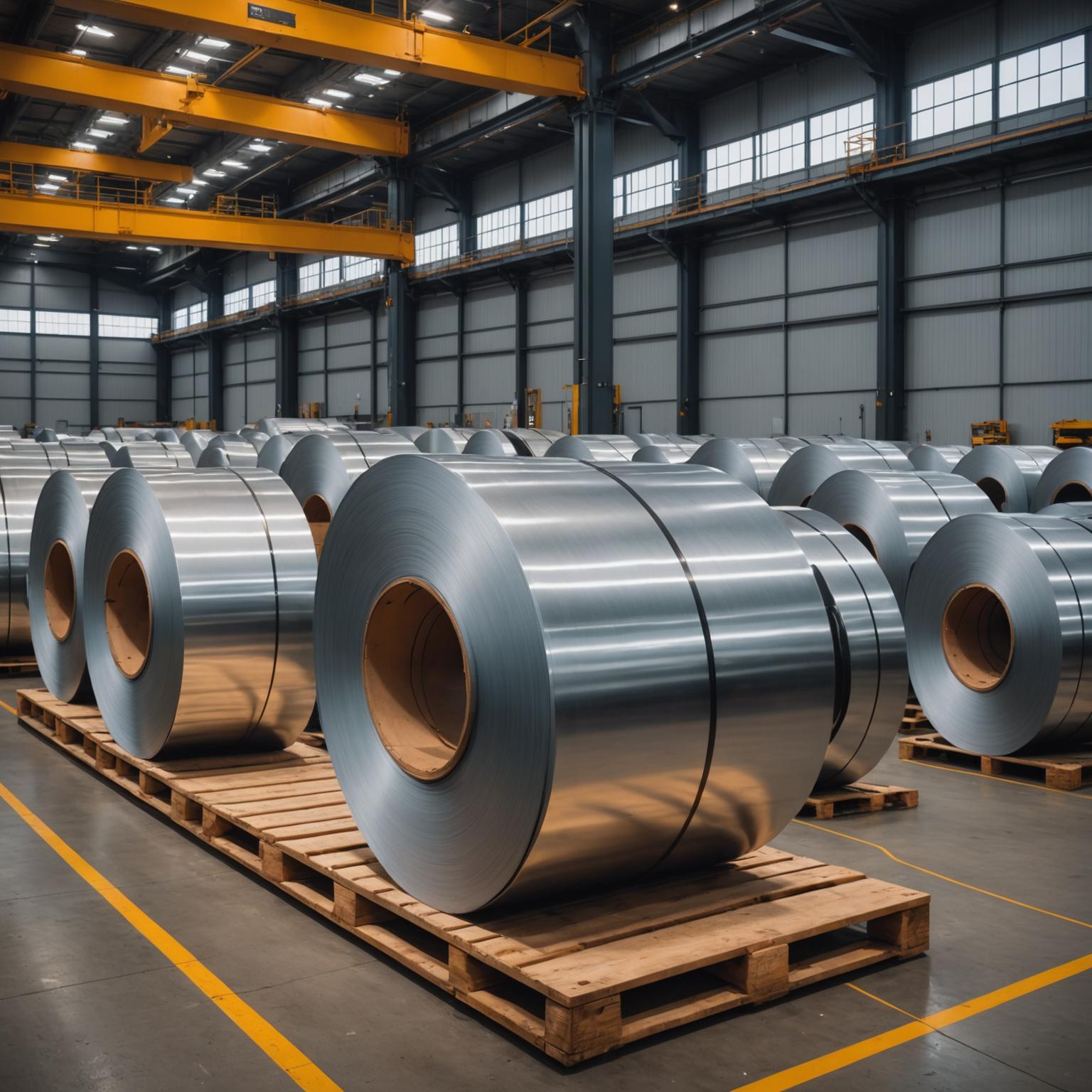Hot rolled steel coil is a foundational material used across countless industries, from automotive manufacturing and construction to machinery and appliances. Its strength and versatility make it a popular choice, but unlocking its full potential begins with a crucial first step: cutting it correctly. If you've ever wondered how to cut hot rolled coil effectively to meet precise specifications, you're in the right place. The process isn't a one-size-fits-all solution; it requires a deep understanding of the material and the various techniques available to ensure efficiency, safety, and a high-quality finished product.
Understanding the Material Before You Cut
Before selecting a cutting tool, it's essential to understand the characteristics of hot rolled coil. This steel is formed at temperatures exceeding 1,700°F, which makes it more malleable and easier to shape. However, as it cools, it shrinks slightly, resulting in less precise dimensions and a somewhat scaly or rough surface compared to its cold-rolled counterpart. These properties directly influence the best cutting method for a given application. For example, high-grade materials like an advanced stainless steel coil, even when hot rolled, possess unique qualities such as enhanced corrosion resistance and specific tensile strengths. Heat-intensive cutting processes can potentially alter these properties in the areas surrounding the cut, known as the Heat-Affected Zone (HAZ). Therefore, knowing your material's specific grade and intended use is the first step toward a perfect cut.
Exploring Popular Cutting Methods
There are several established methods for cutting hot rolled coil, each with distinct advantages and applications. The ideal cutting method depends on factors like material thickness, desired precision, cut complexity, and production volume. Here are some of the most common techniques used in the industry:
Mechanical Shearing: This is one of the most traditional and cost-effective methods for making straight-line cuts. A shearing machine uses a powerful blade to apply force and slice through the steel. It's an extremely fast process, making it ideal for high-volume operations where coils need to be cut to specific lengths (cut-to-length lines). While efficient, shearing can sometimes create a slightly rough edge or burr, which may require a secondary finishing process depending on the final application's requirements.
Slitting: Slitting is a specialized cutting method used to cut a wide master coil into several narrower strips. The process involves feeding the coil through a machine equipped with a set of rotary knives. The precision and sharpness of these knives are critical to achieving clean edges with minimal burring. Slitting is fundamental for preparing steel for subsequent processes like stamping, roll forming, or tube manufacturing. The quality of the slitting directly impacts the efficiency and quality of these downstream operations.
Plasma Cutting: For thicker coils or more complex shapes, plasma cutting is a highly effective thermal cutting method. It works by sending an electric arc through a gas (like nitrogen or oxygen), which is passed through a constricted opening. This elevates the gas to a high temperature, turning it into a plasma jet capable of melting through steel. Plasma cutting is faster than many other thermal methods on thick materials and can cut a wide variety of conductive metals, including stainless steel. It does create a Heat-Affected Zone, so this must be considered for applications where the material's structural properties at the edge are critical.
Laser Cutting: When unparalleled precision and a superior edge finish are required, laser cutting is often the preferred choice. This technique uses a highly focused, high-power laser beam to melt, burn, or vaporize the material, leaving an exceptionally clean and smooth edge. Laser cutting is incredibly versatile, capable of creating intricate patterns and complex geometries with tight tolerances. It produces a very small Heat-Affected Zone compared to plasma cutting, making it perfect for high-performance materials like the state-of-the-art stainless steel coil, where maintaining material integrity is paramount.
Waterjet Cutting: This is a cold cutting process that uses a high-pressure stream of water, often mixed with an abrasive garnet, to erode the steel. The primary advantage of waterjet cutting is the complete absence of a Heat-Affected Zone. Since no heat is introduced, the material's intrinsic properties remain unchanged right up to the edge of the cut. This makes it the ideal cutting method for heat-sensitive alloys or applications where any thermal distortion is unacceptable. While generally slower than laser or plasma cutting, its ability to cut very thick materials with high precision is unmatched.
How to Select the Best Cutting Method for Your Needs
Choosing the right technique is a balancing act between several key factors. To determine the optimal approach, consider the following: material thickness, required precision, complexity of the cut, production volume, and budget. For simple, straight cuts on standard-gauge steel in a high-volume setting, mechanical shearing is likely the most economical choice. If you need to produce narrow strips from a wide coil, slitting is the dedicated process. For thick materials or moderately complex shapes where speed is important, plasma cutting is a strong contender. However, for applications demanding the highest precision, intricate designs, and a flawless finish, laser cutting is superior. Finally, if the absolute preservation of the material’s properties is non-negotiable, waterjet cutting is the definitive answer.
Achieving Perfect Cuts Every Time
Successfully cutting hot rolled coil is a science that blends material knowledge with the right technology. Each cutting method offers a unique set of capabilities, and the best choice ultimately hinges on the specific requirements of your project. By carefully evaluating factors like precision, edge quality, and production demands, you can select a technique that not only cuts the material but also preserves its integrity and optimizes it for the next stage of manufacturing. Investing in the right cutting process ensures minimal material waste, enhances production efficiency, and guarantees that high-quality materials, such as a durable stainless steel coil, perform to their engineered potential from the very first cut.








